More than 30 reserves and national parks throughout Russia have prepared their programmes to give a chance to tourists to enjoy and get to know the Russian pristine nature, its unique ancient monuments, and amazing animals. The programmes are aimed to boost the development of the ecological domestic tourism in Russia under ‘The Route Is Built’ campaign launched by the Ministry of Natural Resources of the Russian Federation.
EcoTourism Expert’s readers will get the opportunity to learn why these wildlife habitats are so remarkable and why Russia can offer an ecotour that fit any - even the most demanding - taste.

Since 1996, the area of the Reserve has overlapped with the UNESCO Lake Baikal World Heritage site.
This Russia’s protected area is an intact nature as there are neither pedestrian lanes nor motor roads. And the way to the Reserve lies through the majestic Lake Baikal. In summer, you can get there by water, and in winter - moving on the ice. Many Reserve’s species of the flora and fauna are considered endangered.

The Reserve has 523 lakes with a total area of 2,004 hectares, including a 3-km long part of Lake Baikal. But the most remarkable thing to experience there is the tectonic subduction zone with its thermal springs. The water temperature in some of them rises above 70°С.
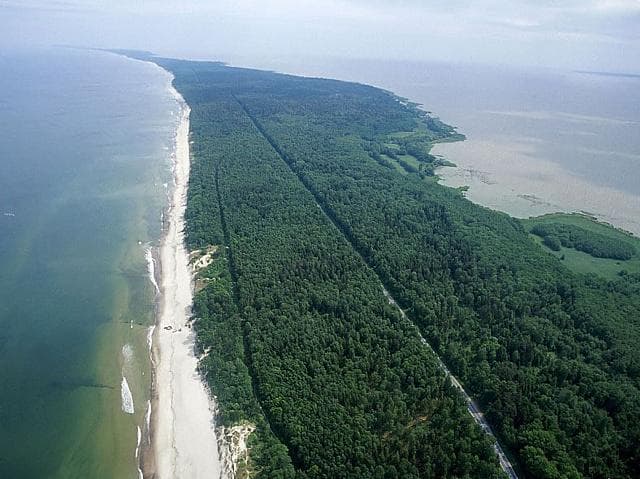
This is the place where four different ecological systems meet - the dunes, sea, fresh water of the bay and the forest. However, the forest here is not natural, but man-created to ward off the ‘wandering dunes’ that used to whelm the local villages. The hills of these white and gray dunes are in constant movement.
According to the official data, the spit formed about 5 thousand years ago! There are 6 hiking trails in the Curonian Spit National Park that help green tourists get unforgettable experience.
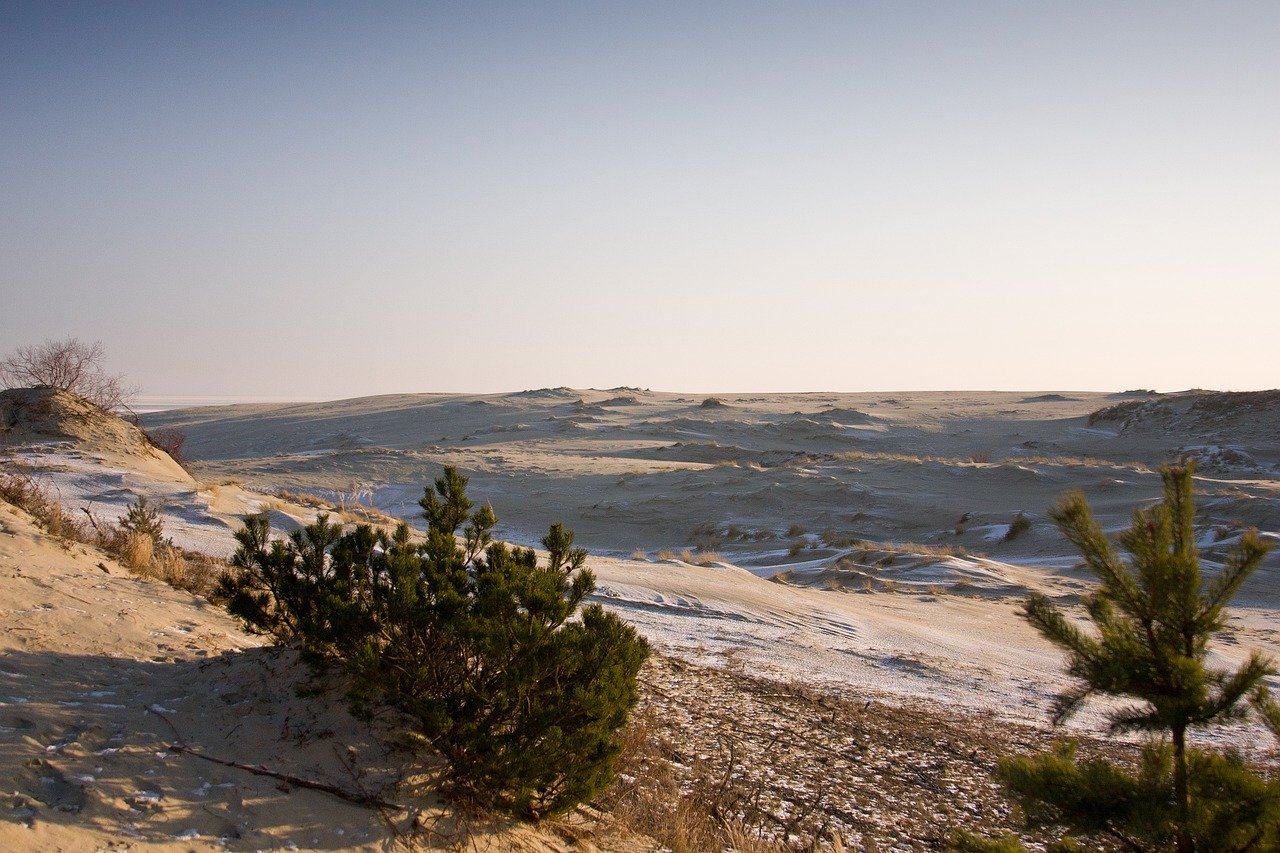
You are sure to travel back in time in the Kenozersky National Park in the Arkhangelsk Region.

Original wooden chapels and temples reflect the Russian culture. The sacred groves seem to be inhabited by the characters of epic poems and Russian fairy tales that fire the tourists’ imagination. The Kenozero heroic epos is a treasury of folklore.
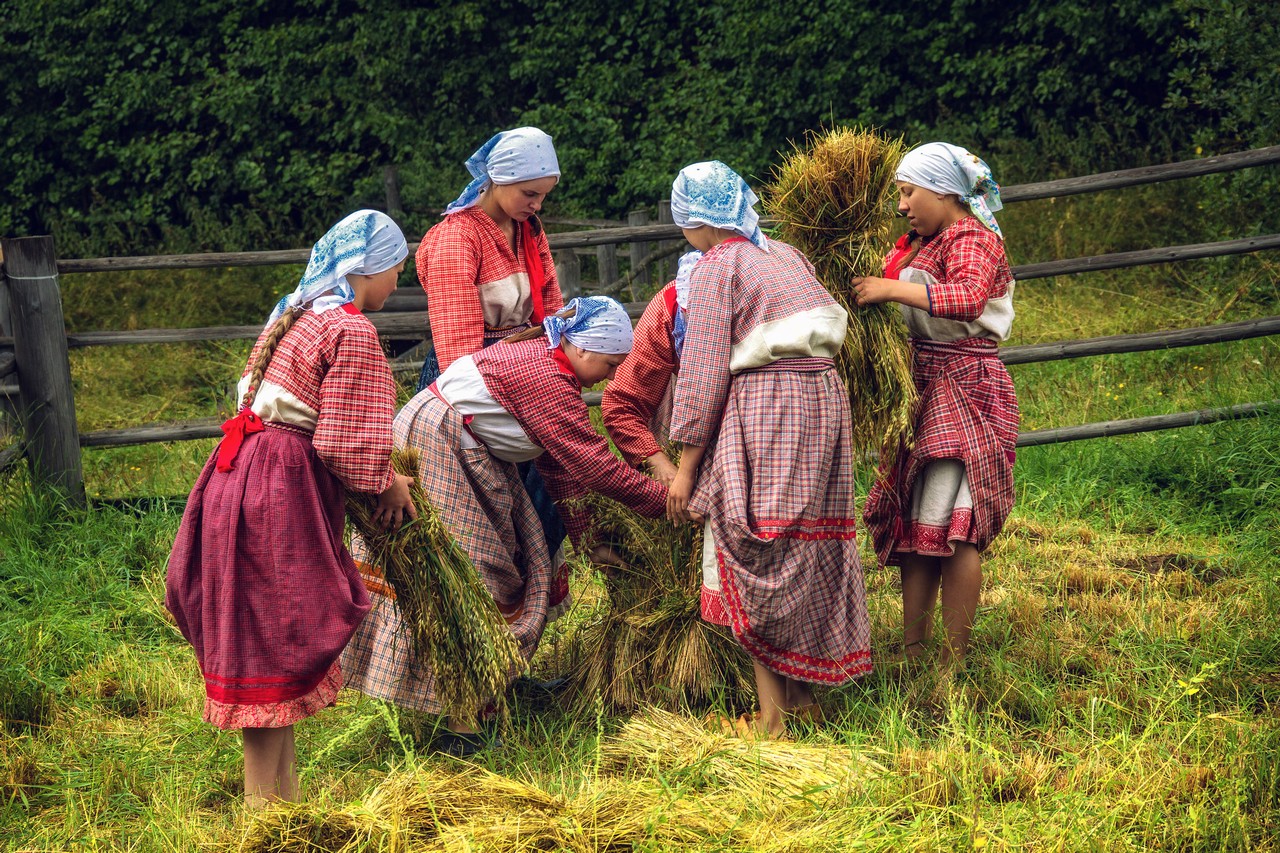
The local communities are the true guardians of centuries-old traditions of the pre-Christian and Christian cultures. This cultural heritage complex is one-of-a-kind!
The Paanajärvi National Park is one of the most pristine areas of the Republic of Karelia.

Among the 60-metre-high cliffs that surround Lake Paanajärvi formed in the faults of the base of the rock, tourists can truly enjoy the union with the nature. The Park has developed many eco-trails and you can stay for a night at a picturesque wooden house and take a steam bath after walking in the Park.

The Novgorod region is famous for its Valdai National Park.
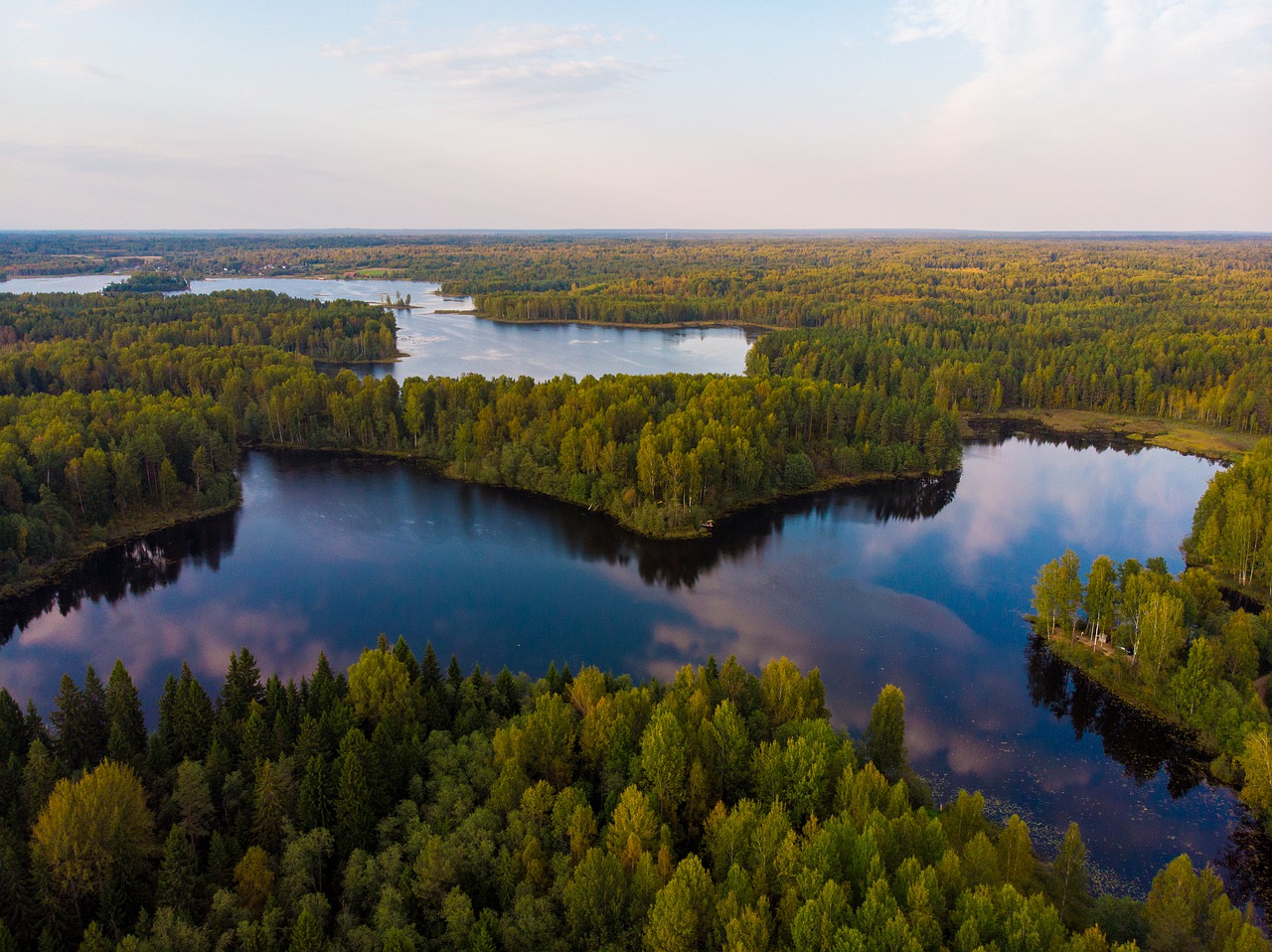
Tourists are invited to walk along the 59-km eco-path and take a break from everyday life for 5 days while you’re out in the woods and at campgrounds. The Park features a system of lakes such as Lakes Borovno, Valdai, Uzhin, Velje, and the northern part of Lake Seliger and the Polomet River water-shed area.
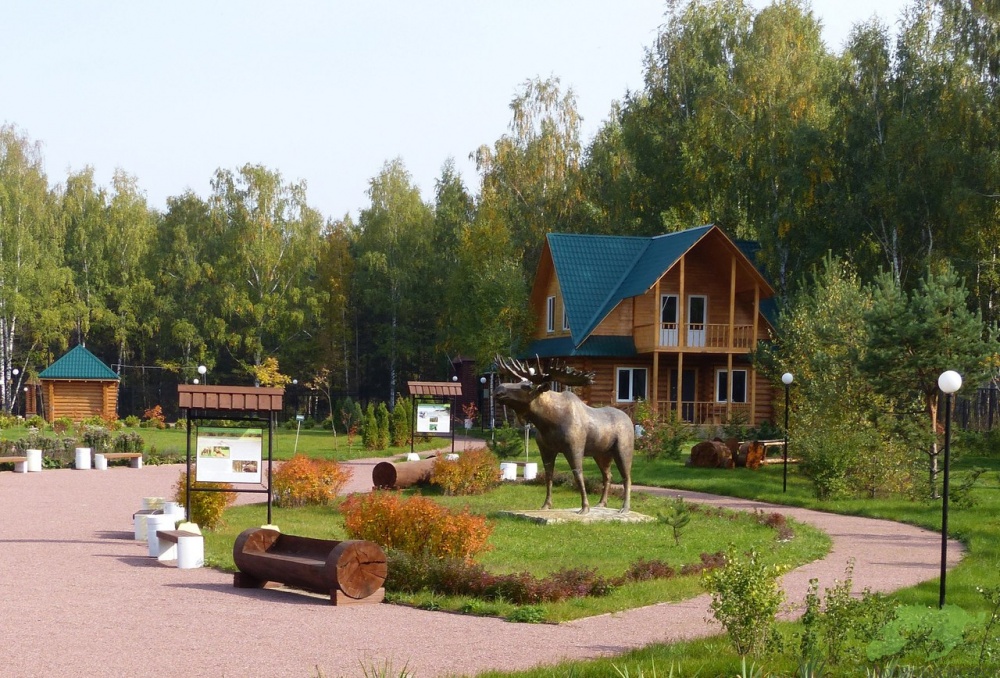
The boundaries of the Park have not been changed since the mid-18th century, even against the backdrop of the rapid growth of Moscow and the active development of the economy in the Moscow Region.
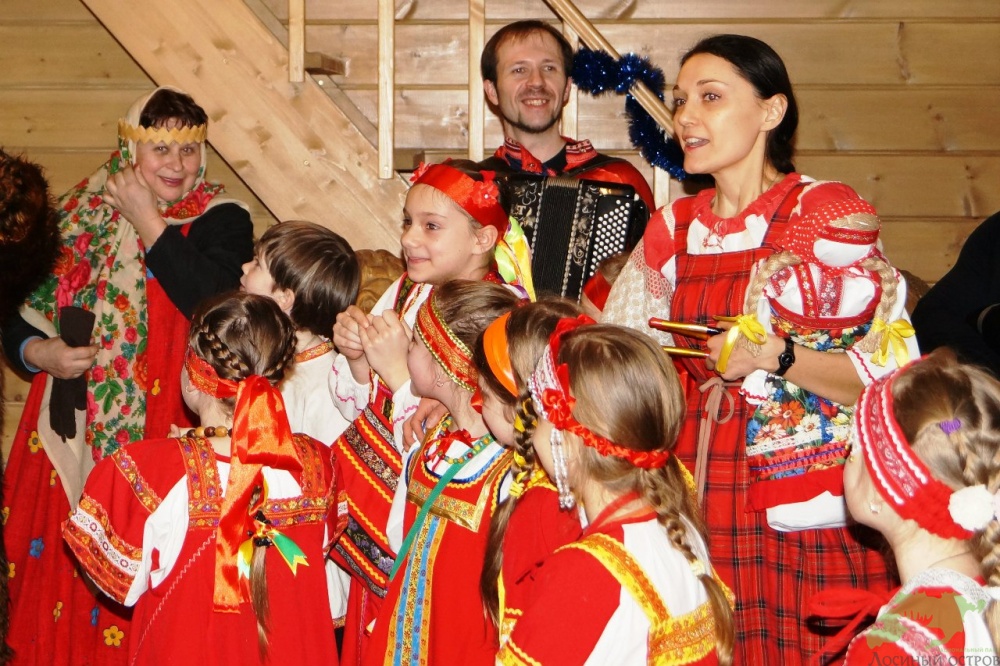
Not far from Moscow, fauna lovers are invited to visit the Prioksko-Terrasnyi Biosphere Reserve (also: Prioksko-Terrasnyi Bison Reserve), which is part of the UNESCO global network of biosphere reserves.
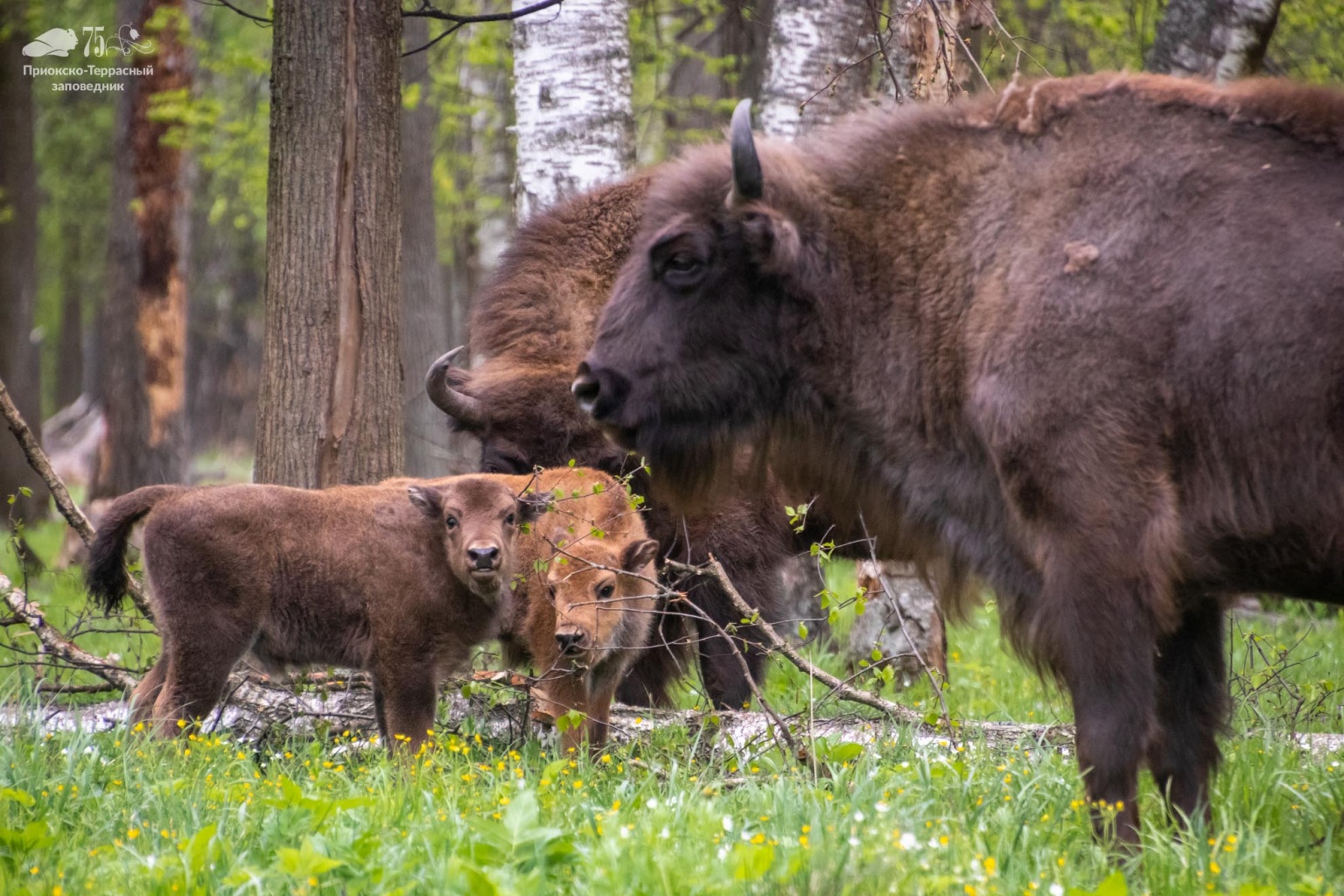
A bison is a superb and amazing animal. Its size is astonishing, an adult male can weigh up to a tonne, and its height at the shoulder is about 180-188 cm. According to the WWF Russia, to date, there are only about 5,000 living animals in the whole world.
In 1921, the last Bison bonasus bonasus was shot in the Belovezhskaya Pushcha (Bialowieza Forest), and in 1926, the last wild Bison bonasus caucasicus was killed. At some point, only a dozen representatives of this species remained on the planet scattered across various zoos and nature reserves. Huge work to preserve the population allowed to avoid the complete extinction of this animal. The Bison Breeding Centre has been attempting to restore the bison population for over 70 years. Only 50 animals can be kept here at a time; each species needs 5-6 hectares of forest.
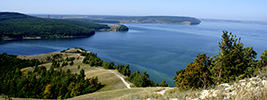
The blue mountains surrounding the Volga made the Zhiguli Mountains and the Samarskaya Luka world famous. A special atmosphere reigns here, the area has its own microclimate. About 120 plant species grow in the park, including endemics, which allure ecotourists. The hiking trails go to the Molodetsky mound protecting the Volga Water Reservoir, to the Devichy (Maiden) and Verblyud (Camel) Mounts, to a stone hanging over the abyss.
In summer, this place attracts bike-a-thons lovers, and in winter, it is a wonderful place for snowmobile enthusiasts and skiers.
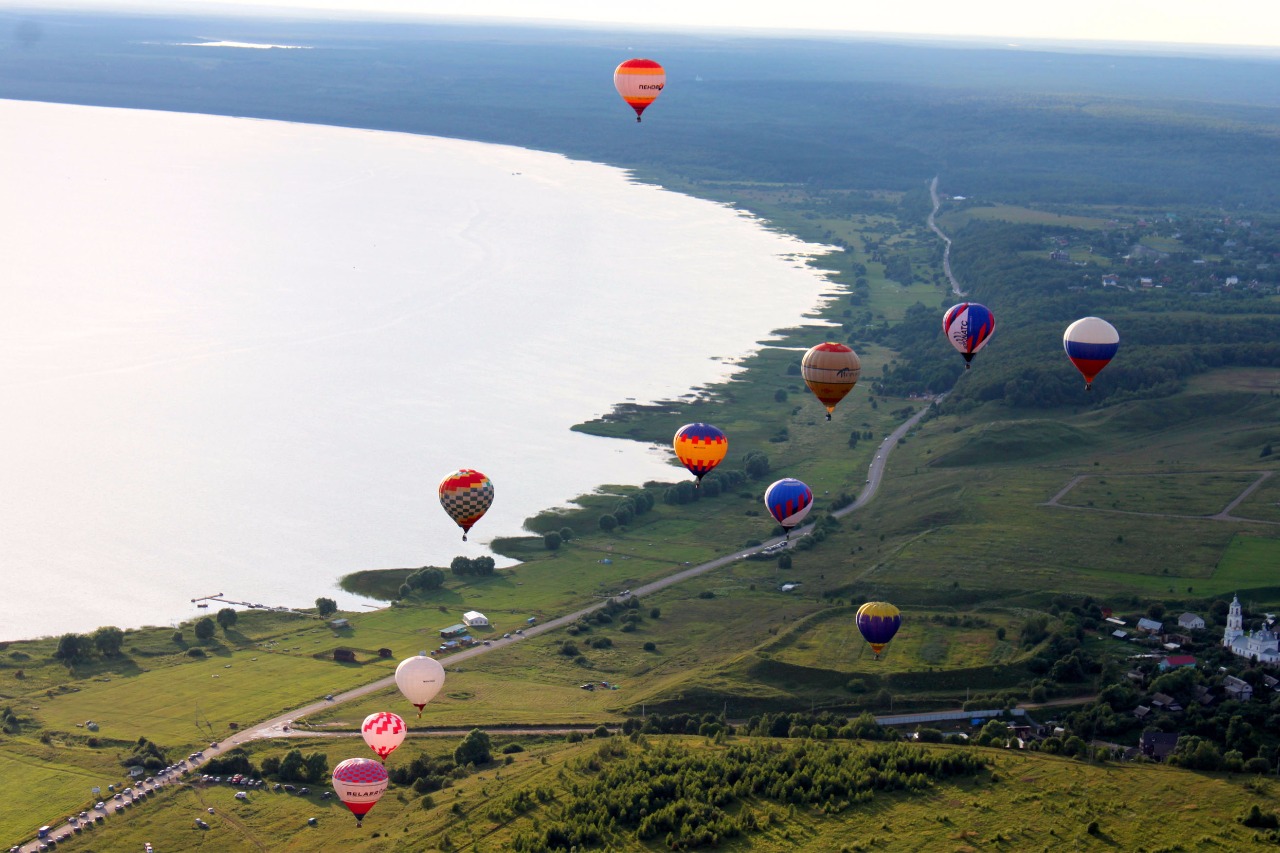
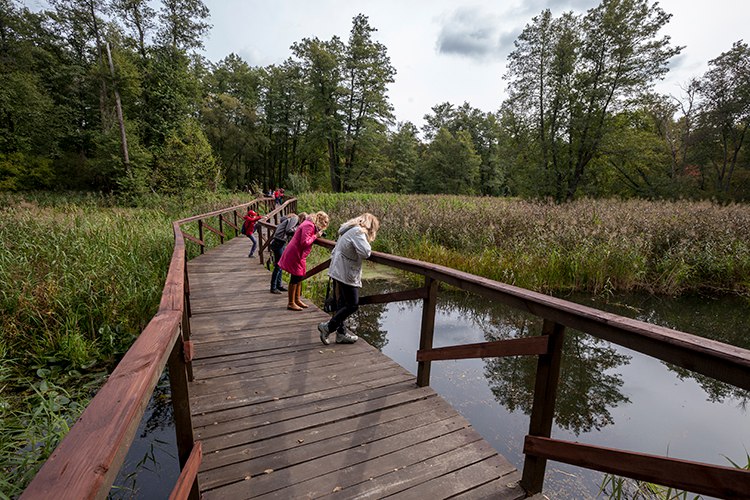
The main attractions of the Orenburg Nature Reserve in the Orenburg region is the conservation and restoration of the steppe (heath). On the ‘Breath of the steppe’ eco-trail, one can meet a Przewalski's wild horse (Equus caballus), one of the rarest representatives of this area.

The Reserve is divided into 5 zones, each offering an unforgettable experience to tourists. Children are usually fascinated by the ‘Where Beaver Lives’ trail, and the ‘Mountains of Bandits’ trail may seem alluring for thrill-seekers.
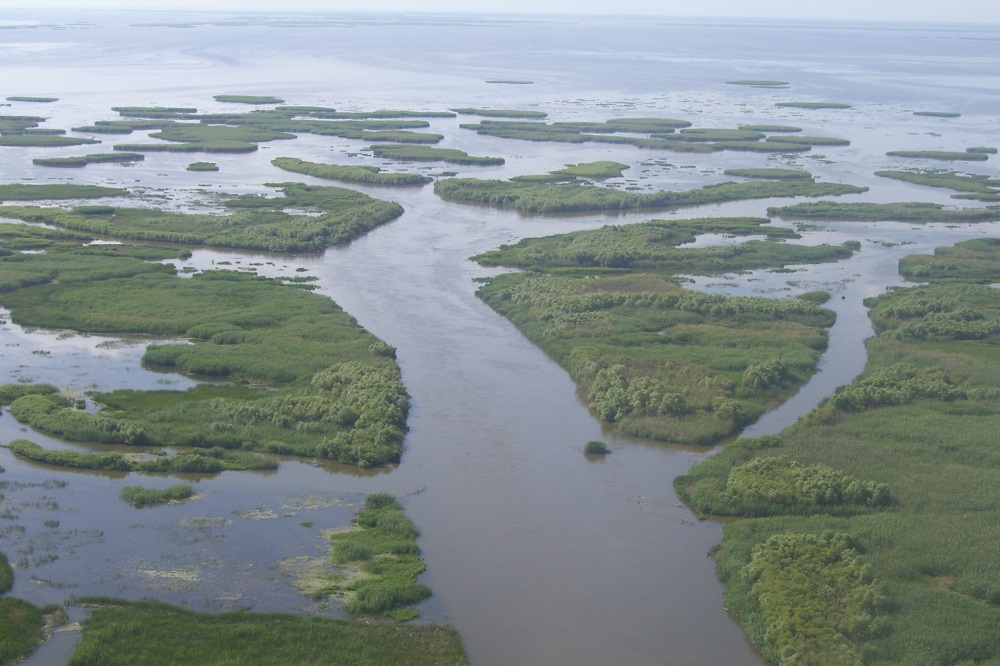
The ‘Discovered Delta’ is an ecological hiking trail through several islands of the Volga delta, it was launched in 2016 and is one and only in the reserve system as a whole!
The Bashkiria National Park is located on the southwestern spurs of the ancient Ural Mountains. The area is rich in waterbodies such as the Belaya, Nugush, Irgizla rivers, Yumaguzinsk and Nugush water reservoirs. For millennia, the Sumgan, Kutuk, Yurmash, Savka rivers have tunnelled their ways through the mountain forming caves, karst tunnels, bridges, island mountains of karst denudation, craters, karst lakes. This is how the Kutuk-Sumgan natural landmark, the Kuperlya natural karst bridge and numerous cave tunnels appeared.

The Visimsky Nature Reserve is located in the low-mountain part of the Middle Urals. Here, you are sure to meet a bear, elk, lynx and a wolf.
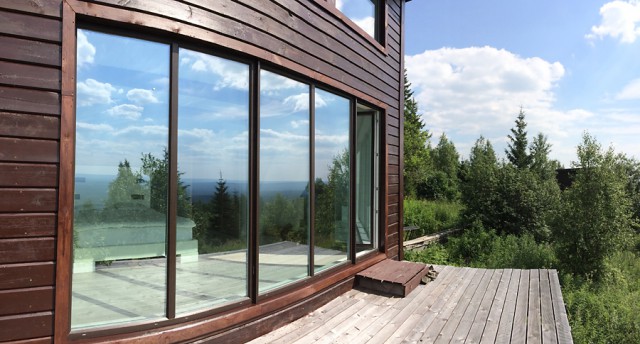
Lake Baikal in the Irkutsk region is of special mention. It is surrounded by several protected areas that provide protection for the pristine nature of the lake, like the Zapovednoe Podlemorye (Baikal area Sanctuary), the Baikal Nature Reserve and the Zapovednoe Pribaikalie (Pre-Baikal area Sanctuary).
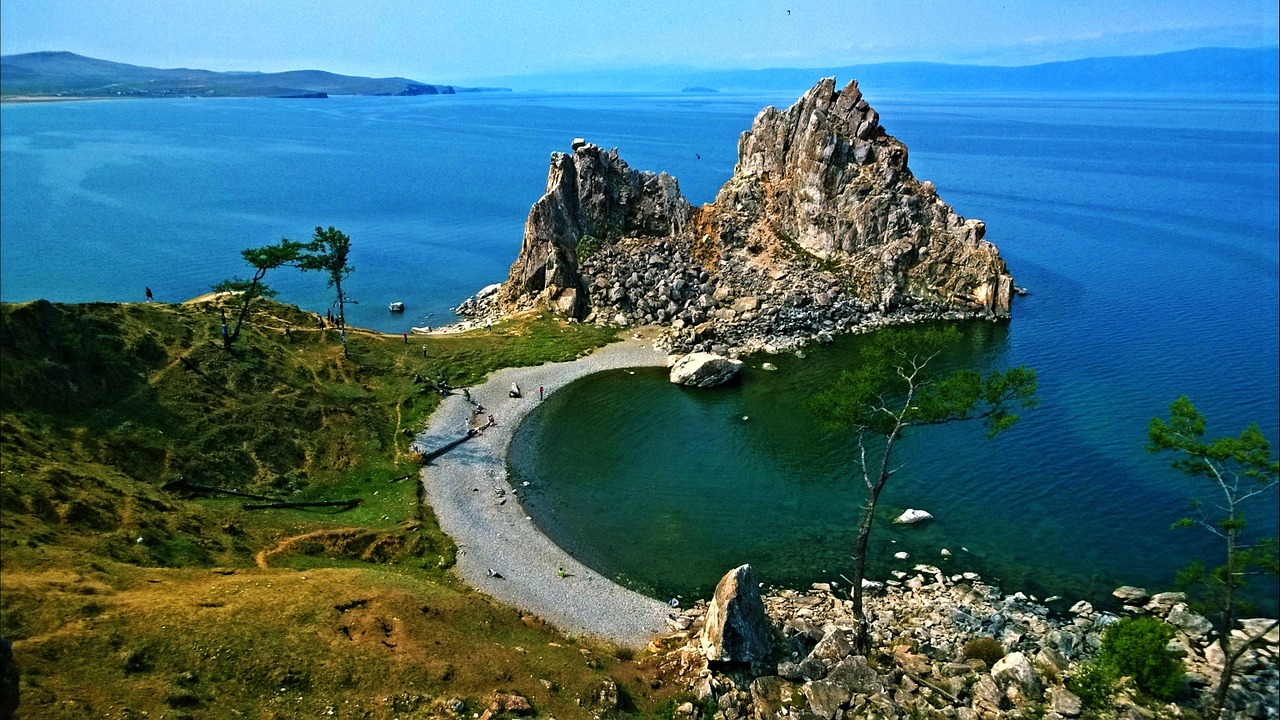
This destination is perfect for both summer and winter vacations.
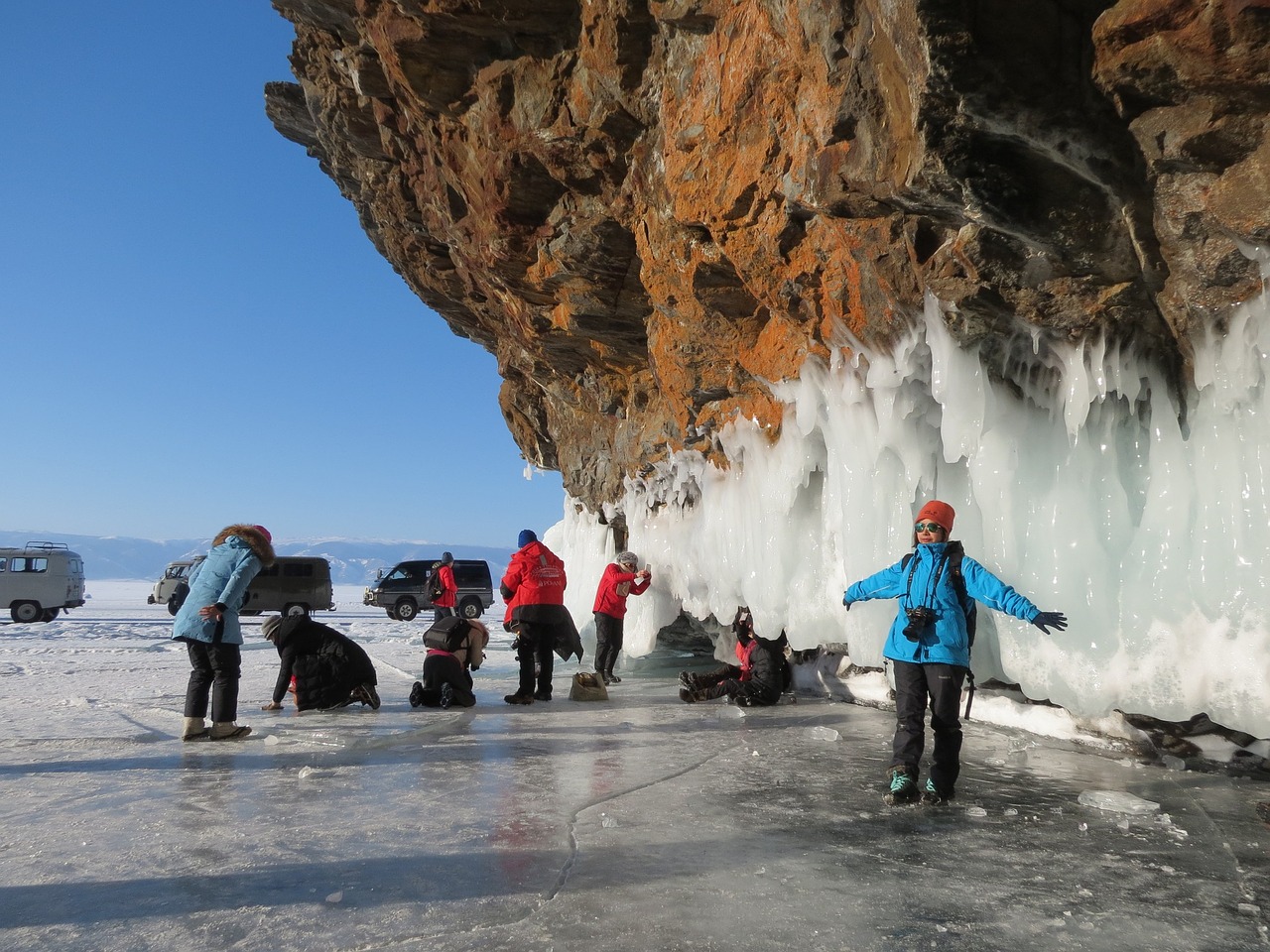
The Putoransky Nature Reserve located in the northwestern part of the Central Siberian plateau, was recognized by the UNESCO as a World Heritage Site in August 2010.
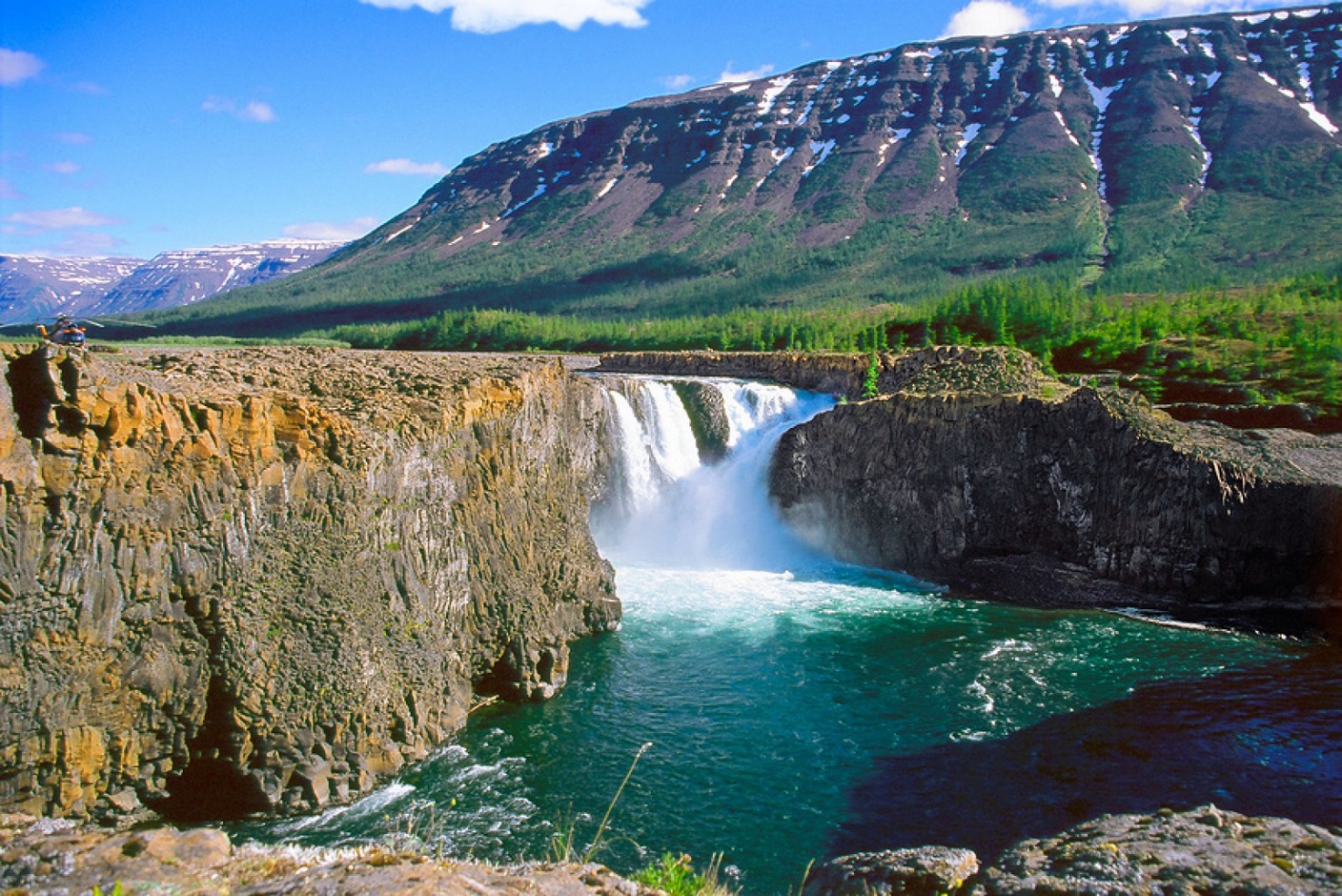
The name ‘Putorana’ means ‘mountains without peaks’, which is true, indeed. These majestic ‘flat-topped’ mountains open to the eyes of the tourists who risked to visit this far-off destination.
In the Reserve, only 4 tours are available. Totally, there are 7 tourist excursions in the Reserve that are made by reservation only.
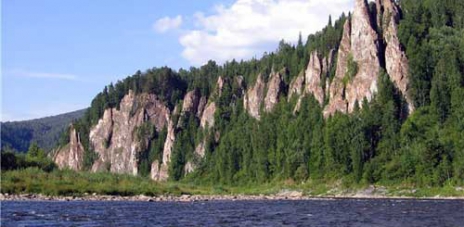
The Altaiskiy Nature Reserve in the Republic of Altai is the land of more than 2,500 lakes.
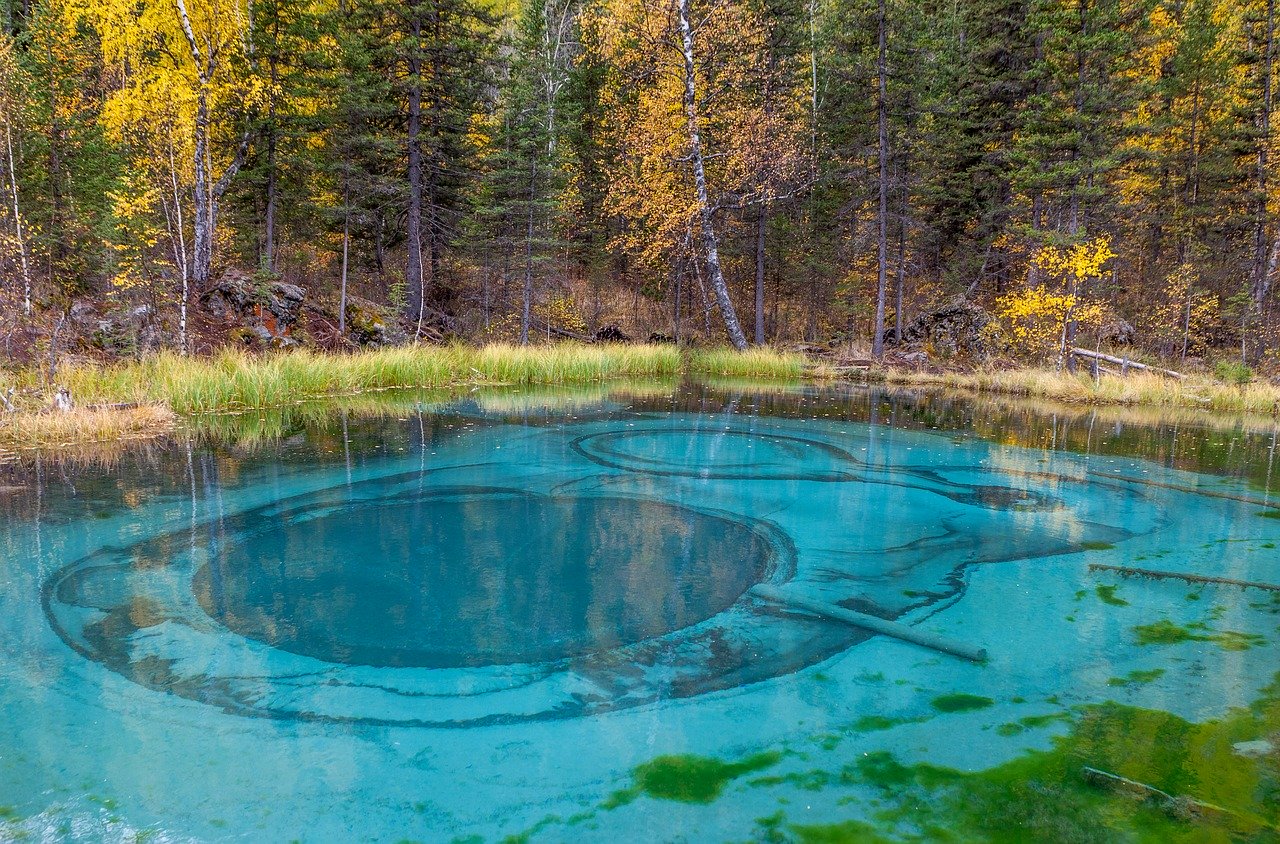
The Reserve is one of the largest nature reserves in Russia, it covers 9.4% of the entire territory of the Republic.

The Altaiskiy Nature Reserve is among the best places in Russia in terms of the flora and fauna species diversity. This is a country of spirits and «indigenous» rites, a place where mountains meet the sky.
The Lena Pillars National Park on the banks of the Lena River in Yakutia is one of the pearls of Russia. The park is also a UNESCO World Heritage Site.
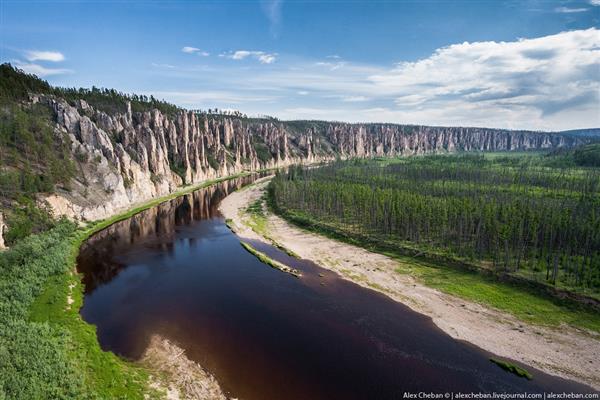
Fans of paleontology are also attracted to the park as many ancient fauna fossils were found here, for example, mammoth (Mammulhus primigenius Blum), bison (Bison priscus Boj), woolly rhinoceros (Coelodonta antiquitatis).
The Russian Arctic National Park is the northernmost and largest specially protected natural area in Russia.

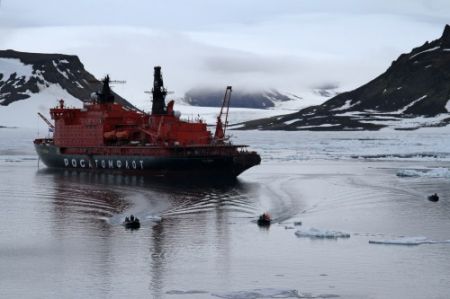
The South Kamchatka State Wildlife Sanctuary is a UNESCO World Heritage Site.

The flora of the reserve is unique and has 380 species of plants, some of them grow in the south of Kamchatka only.
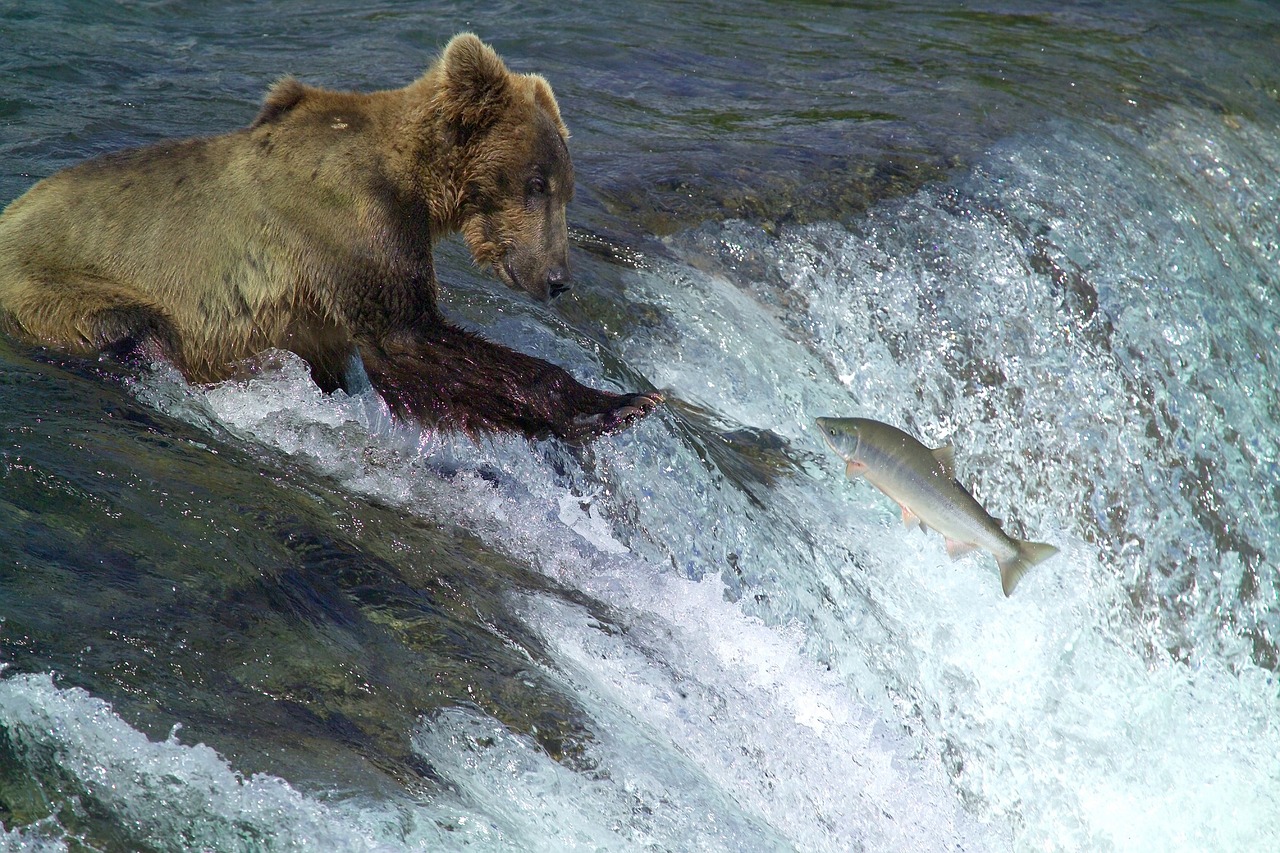

The relatively young Shantarskie Islands National Park ranks high among those who is fond of watching whales. Four species - Arctic, Japanese smooth, gray and humpback whales - inhabit the Sea of Okhotsk. A bear that fishes in the local lakes, a fox or sable are not at all alien to the lush forests of the park!
The Primorsky Territory invites you to walk along the wild trails of several special protected natural areas.
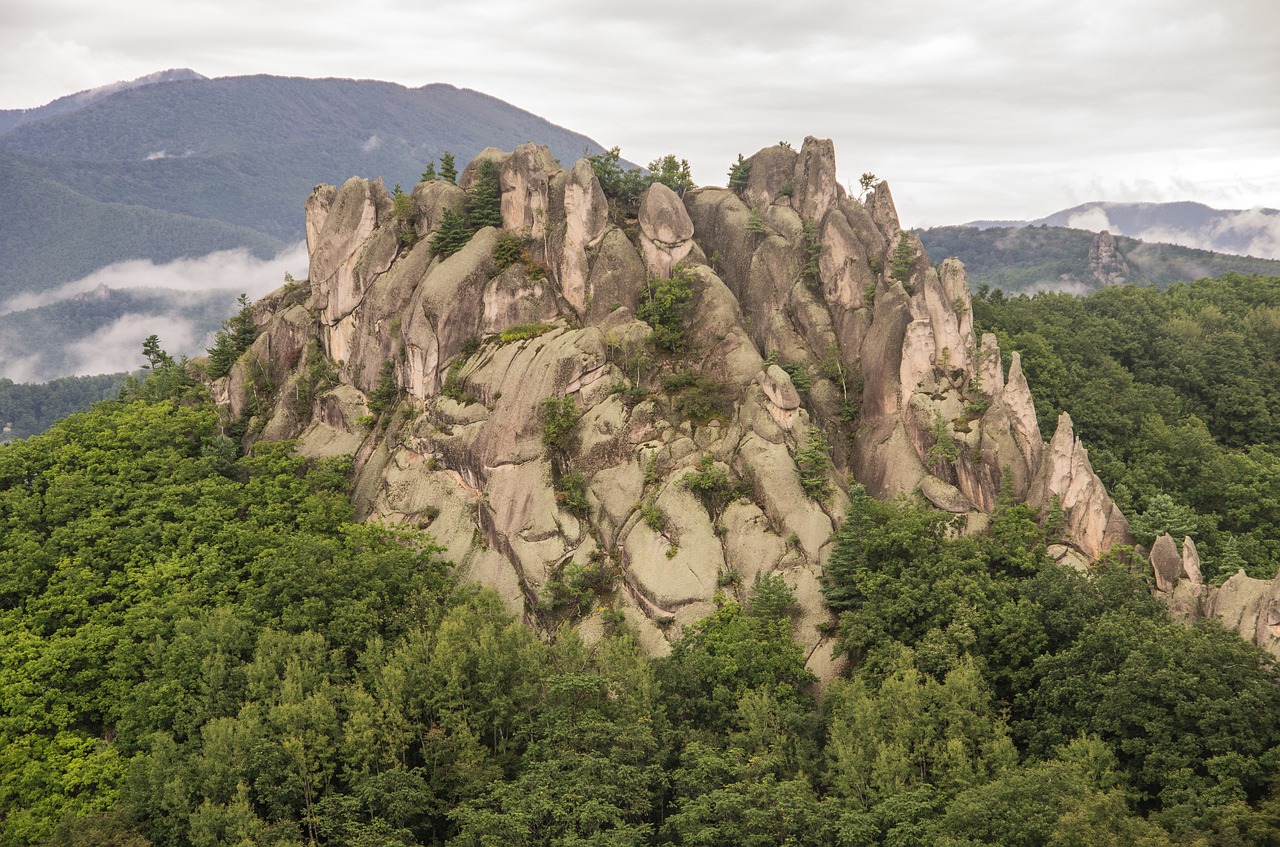
The Land of the Leopard boasts the Far Eastern leopard, the rarest ‘cat’ in the world.
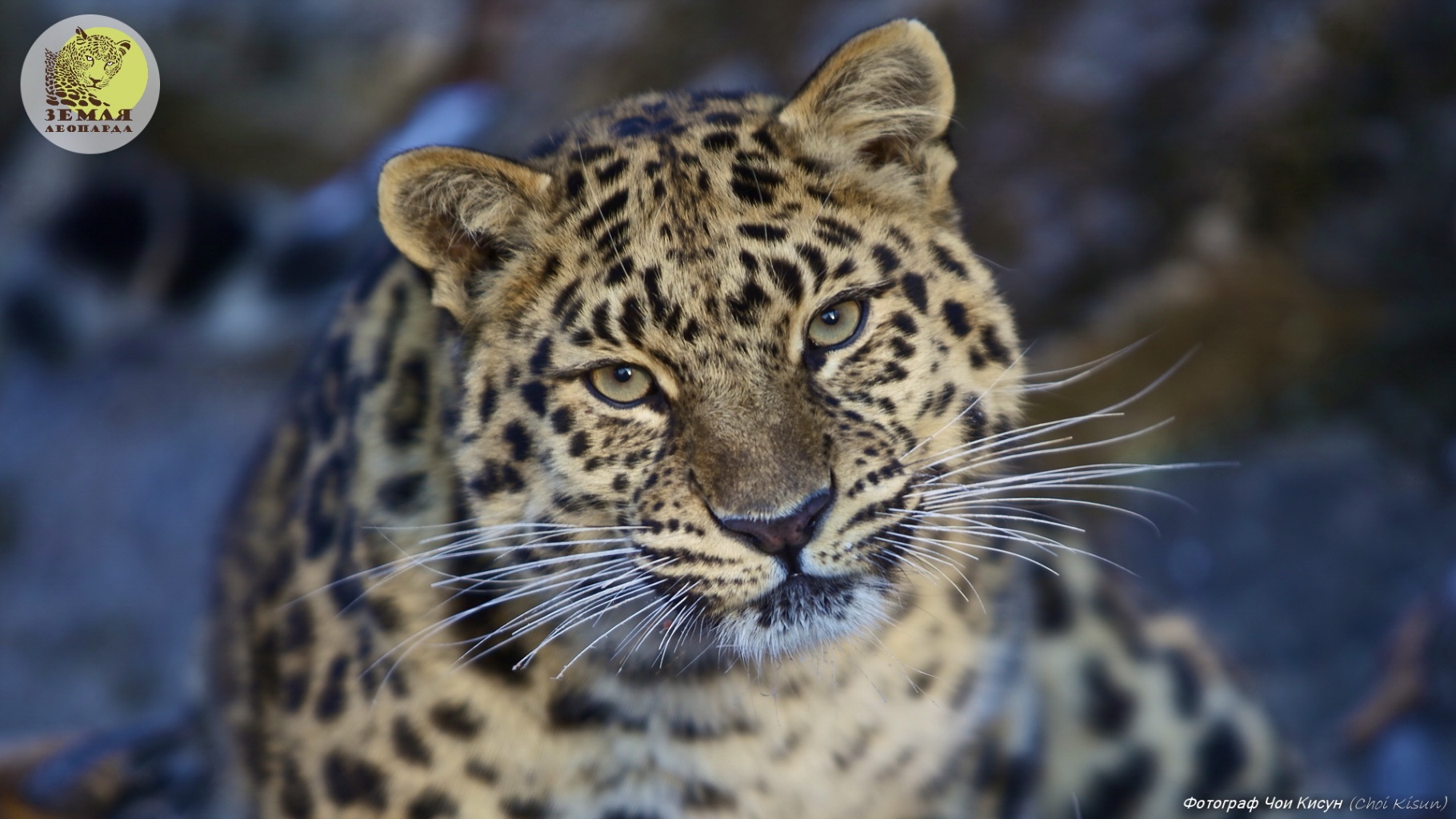
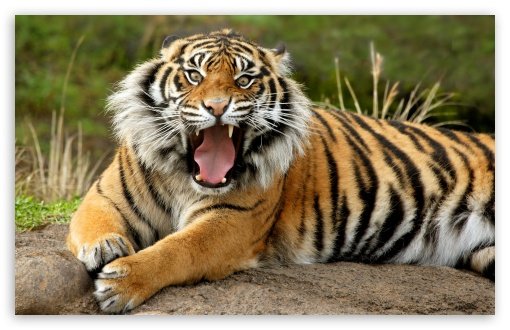
The Sikhote-Alin Nature Biosphere Reserve is also one of the best places to watch the Amur tigers in their natural habitat. The Reserve is a UNESCO World Heritage Site.
The Prielbrusye (Elbrus area) National Park was created with the aim of preserving nature and developing mountain hiking and mountaineering.
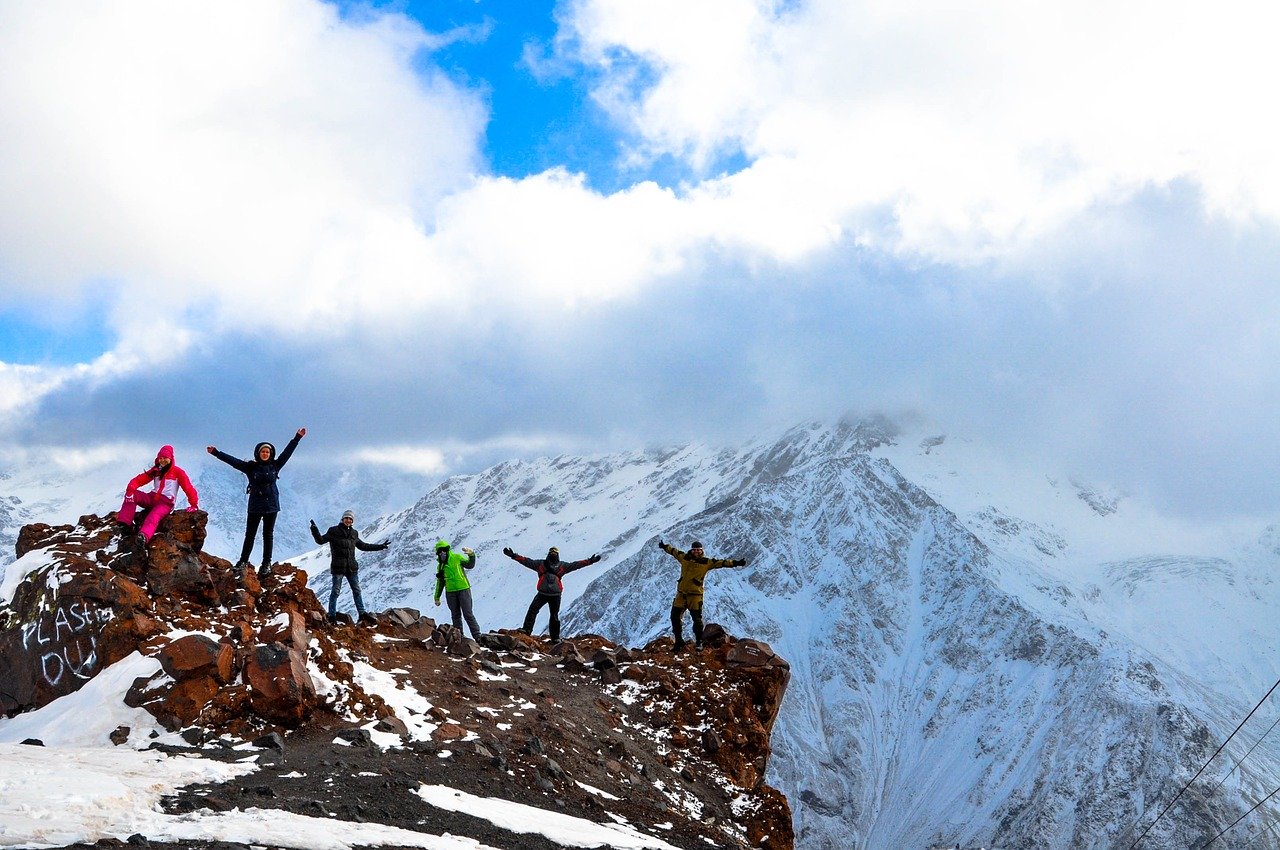
It is located in the central Caucasus region, in the mid-mountain and high-mountain zones (1,400-5,642 m above sea level). Tourists are invited to get a wonderful experience in 23 recreational facilities of the park, as well as to conquer the majestic Elbrus, the highest mountain in Russia.
A tour of the Caucasus can be continued in the Caucasian Nature Biosphere Reserve, a unique natural system where you can experience both the subtropical climate and the permanent snow. The reserve inscribed on the UNESCO World Heritage List has no equal in size and the wildlife preservation activities among many other areas in Europe and West Asia. There are more than 130 lakes in the Caucasian Reserve! The highest point of the reserve is 3,345 m above sea level. A variety of landscapes make the destination very attractive to tourists.
In the Utrish Nature Reserve in the Krasnodar Territory near the Black Sea, you can also take a break from a hustling city life. The reserve offers four tours through the untouched nature of the Abrau Peninsula.

The Utrish Nature Reserve is one of the few places in Russia with juniper-pistachio thin forests and is also the habitat of the tortoise of Nikolsky, which is on the verge of extinction.

In the Crimea, there are 6 special protected natural areas that merit special mention.

The unique scenery lovers go to the Opukskiy Nature Reserve to see the fabulous red Koyashskoye Lake located on the Eastern coast of the Crimean Peninsula between the cities of Kerch and Feodosia.
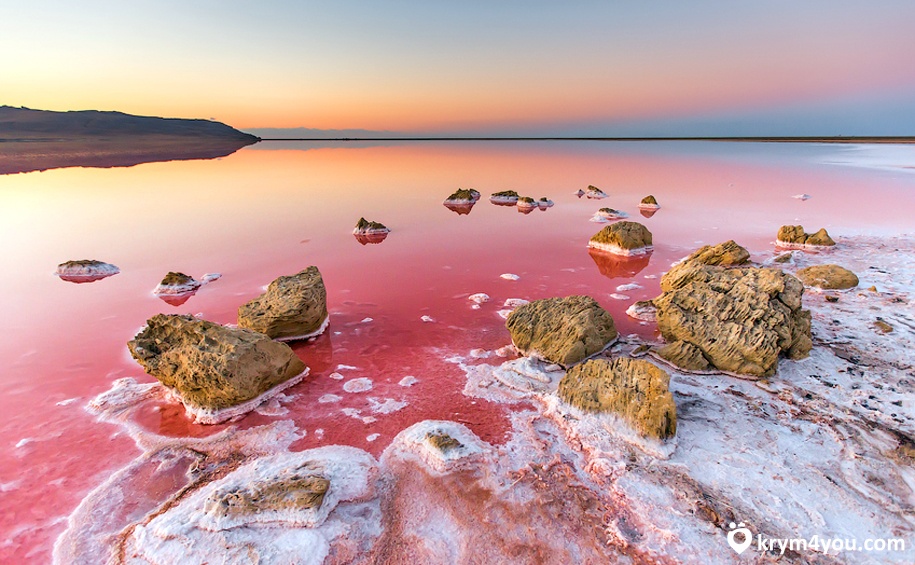
The Kazantip Cape that covers the Kazantipskiy reserve is the Crimean steppe (heath). The contrasting landscape impresses the ecotourists. Reddish-gray rocks contrast with the blue Sea of Azov. Out of over 500 species of flora that grow here, 25 are listed in the Red Book and are endemic, not found anywhere else.
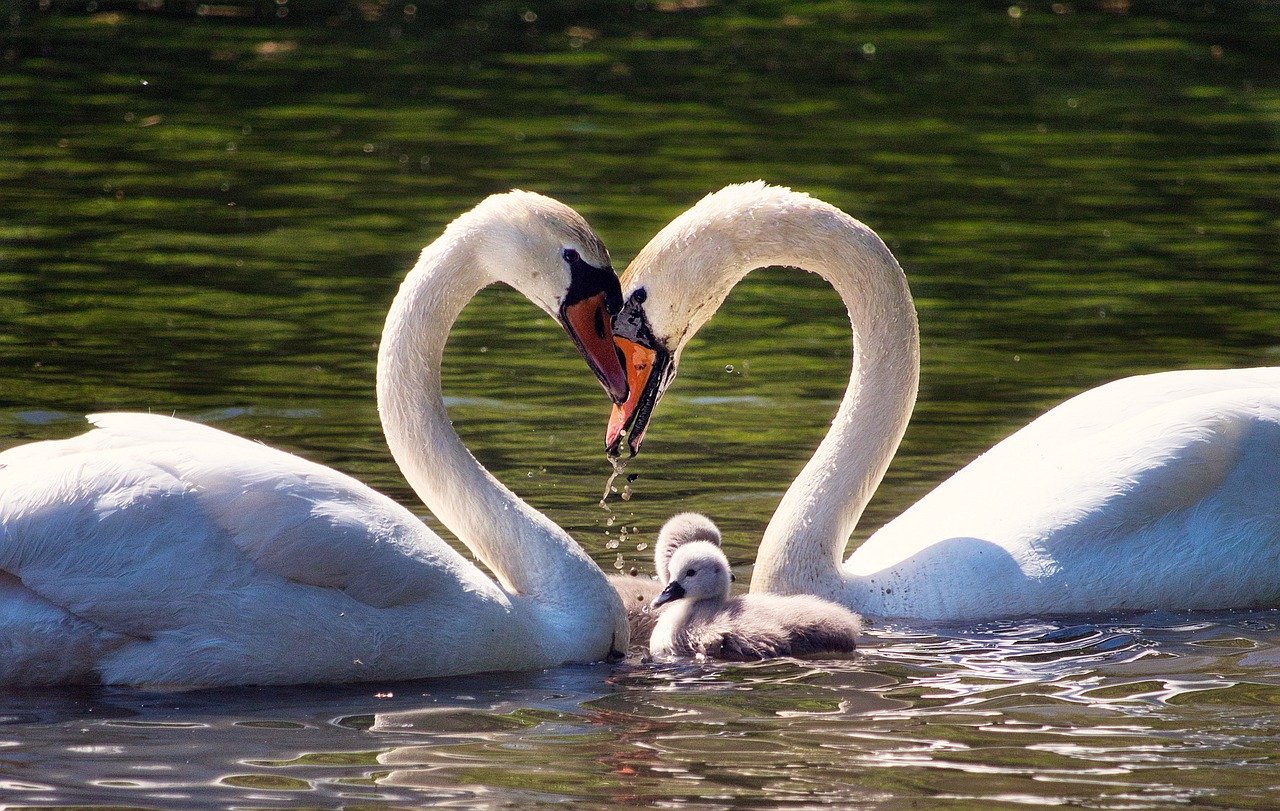
The Yalta Mountain-Forest Nature Reserve is a paradise for enthusiasts of hiking trails. The Park staff developed special ecological and educational tours and trails.

The Karkinitsky Reserve has the status of wetlands of international importance and consists of unique wetlands in the extreme east of the Karkinitsky Gulf.
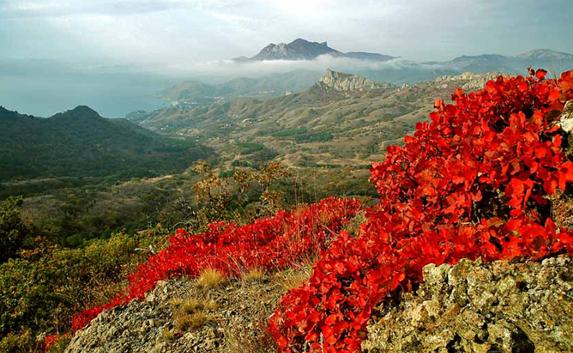
The Sochi National Park is a time travel machine for ecotourists.
The booklet says that the park was able to save about 400 megaliths of various types and designs such as sacrificial stones, dolmens, burial mounds, cave and open sites, stone fences, medieval temples and fortresses. The area of the Park is 190 thousand hectares, more than 180 thousand hectares of which are forests.
Traveling in the Park can take several days, and even a week is not enough to walk around it.
The Arboretum is one of the main tourist attractions in Sochi. This is a kind of oasis with various rare plants that do not grow anywhere else in Russia.
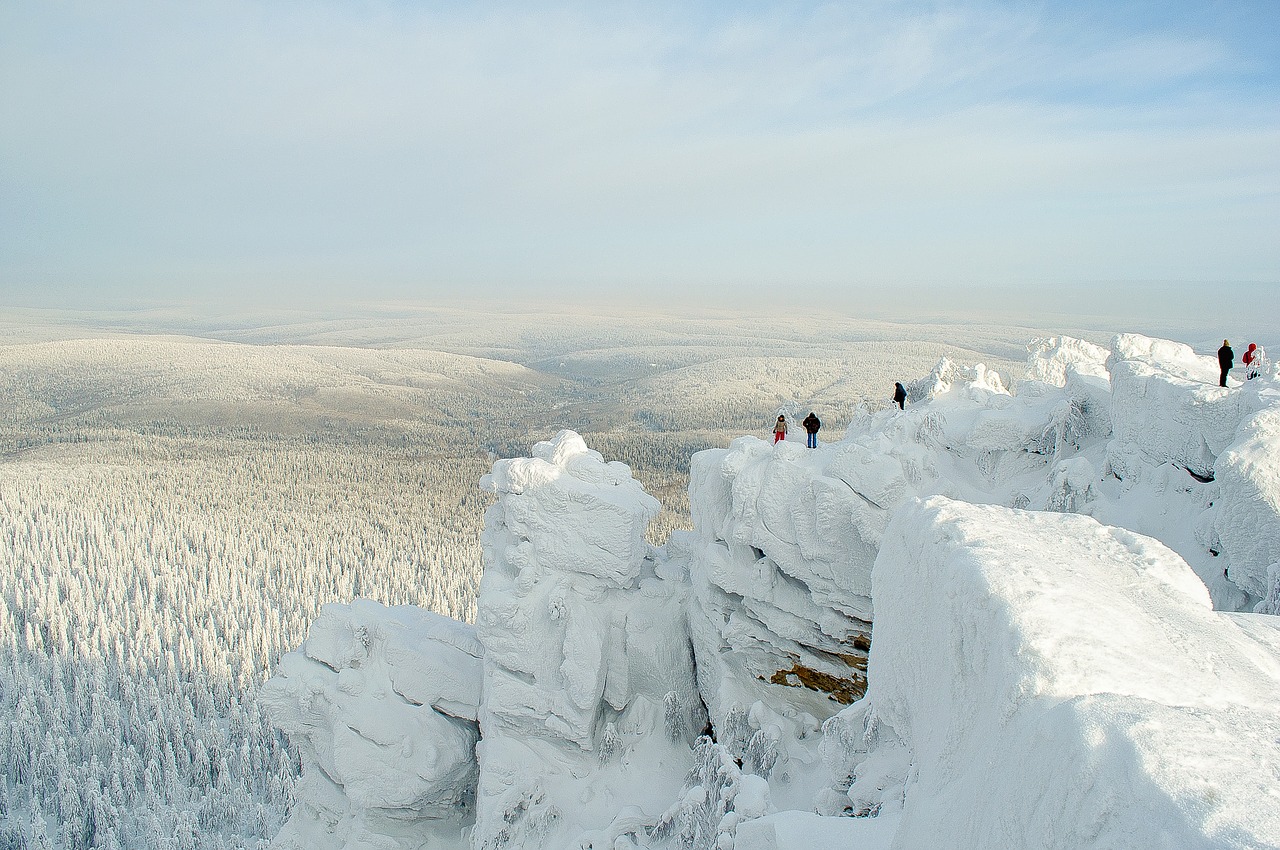
The nature of Russia is so diverse that it always has something to offer the ecotourists. You have a little left to do - make your choice and pick your favourite destination!


